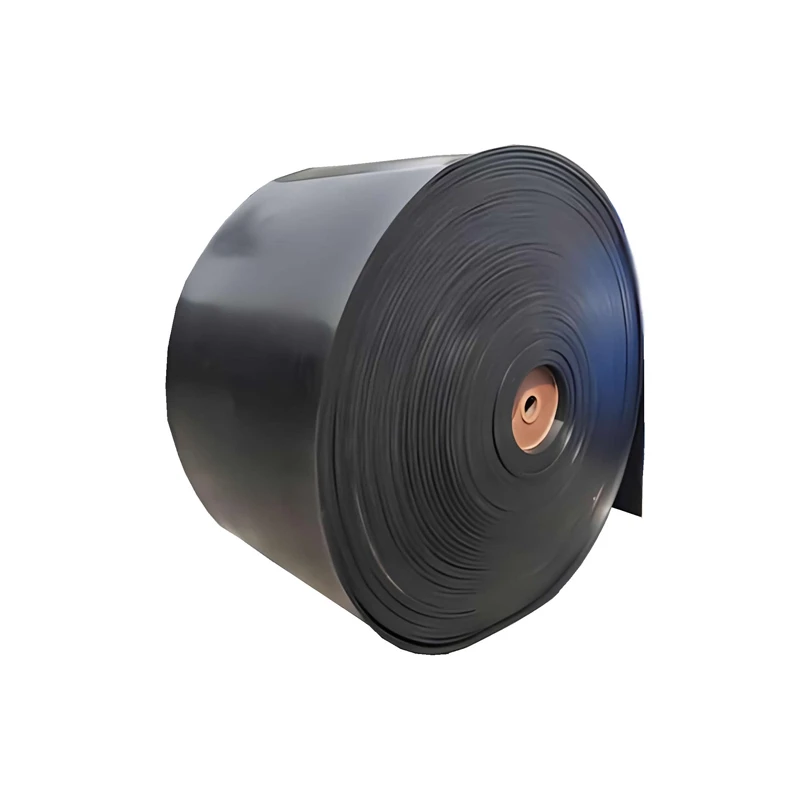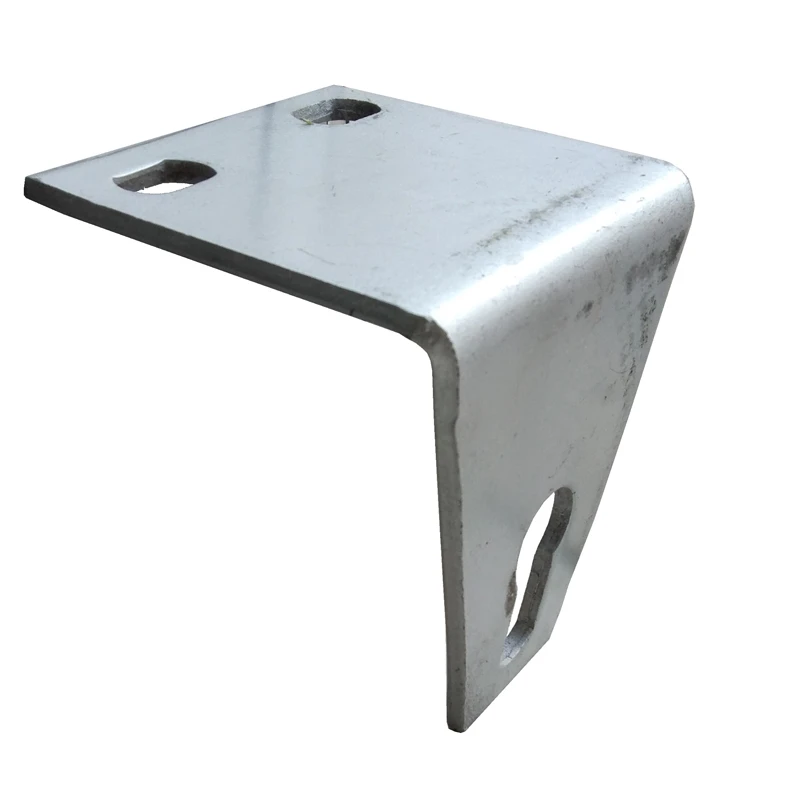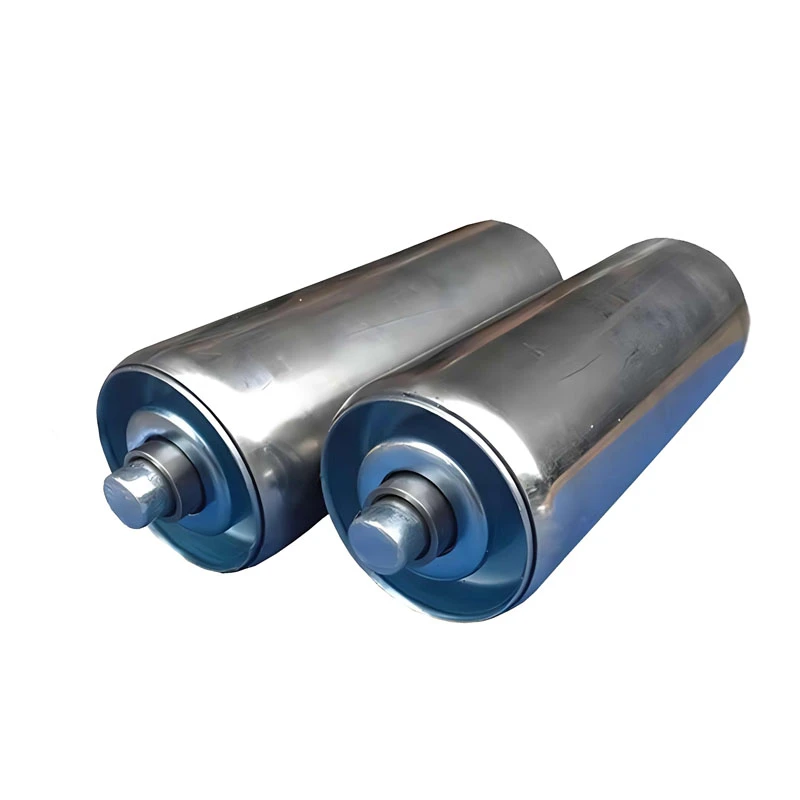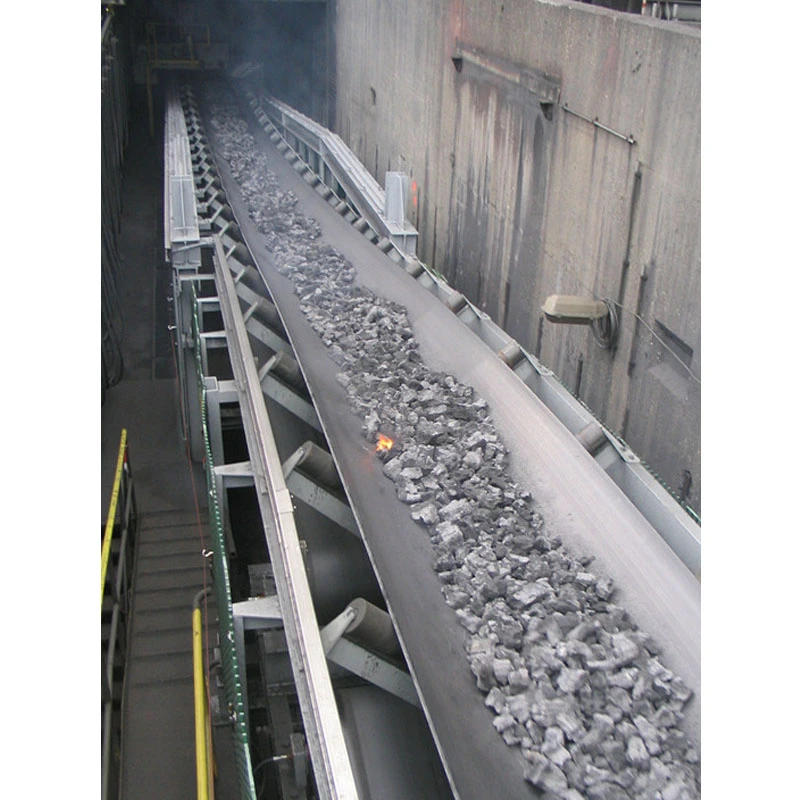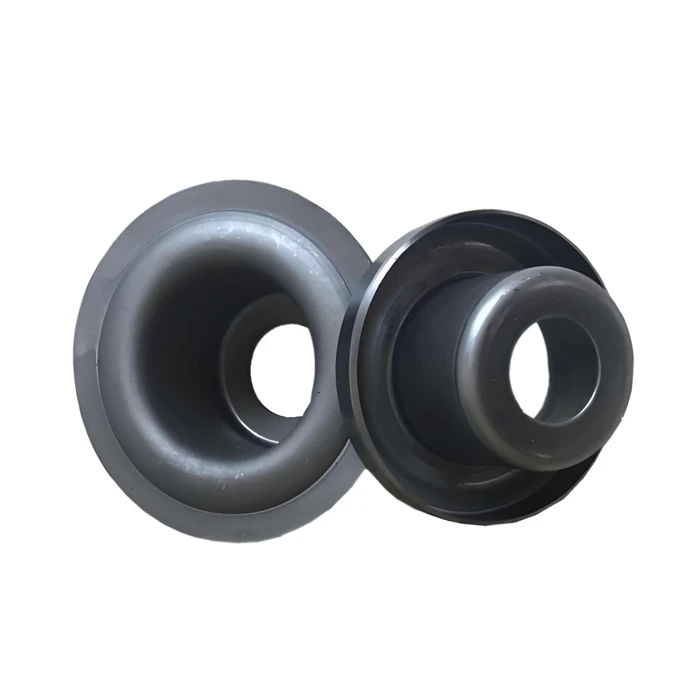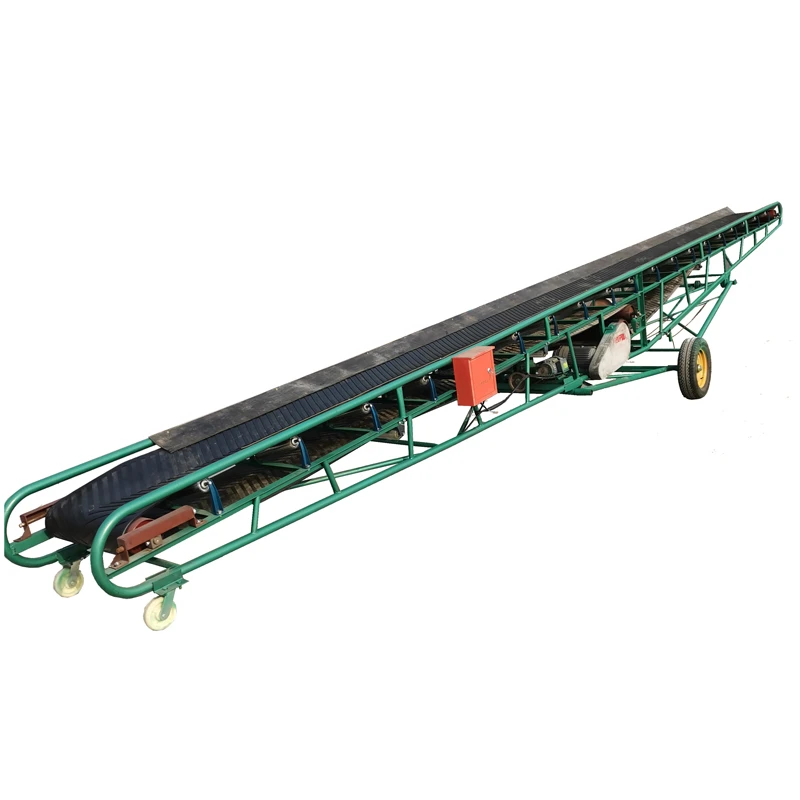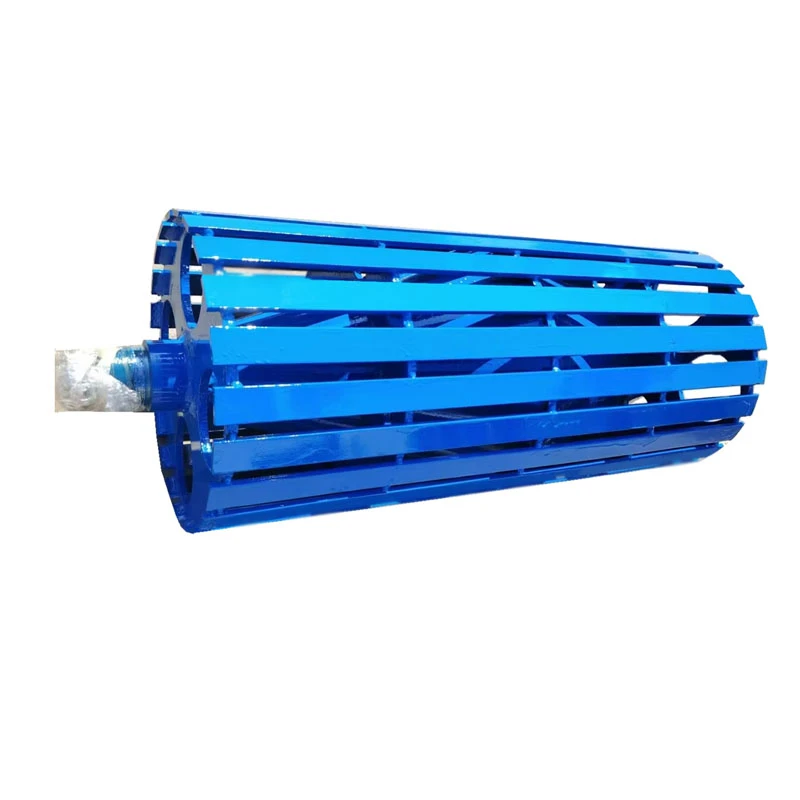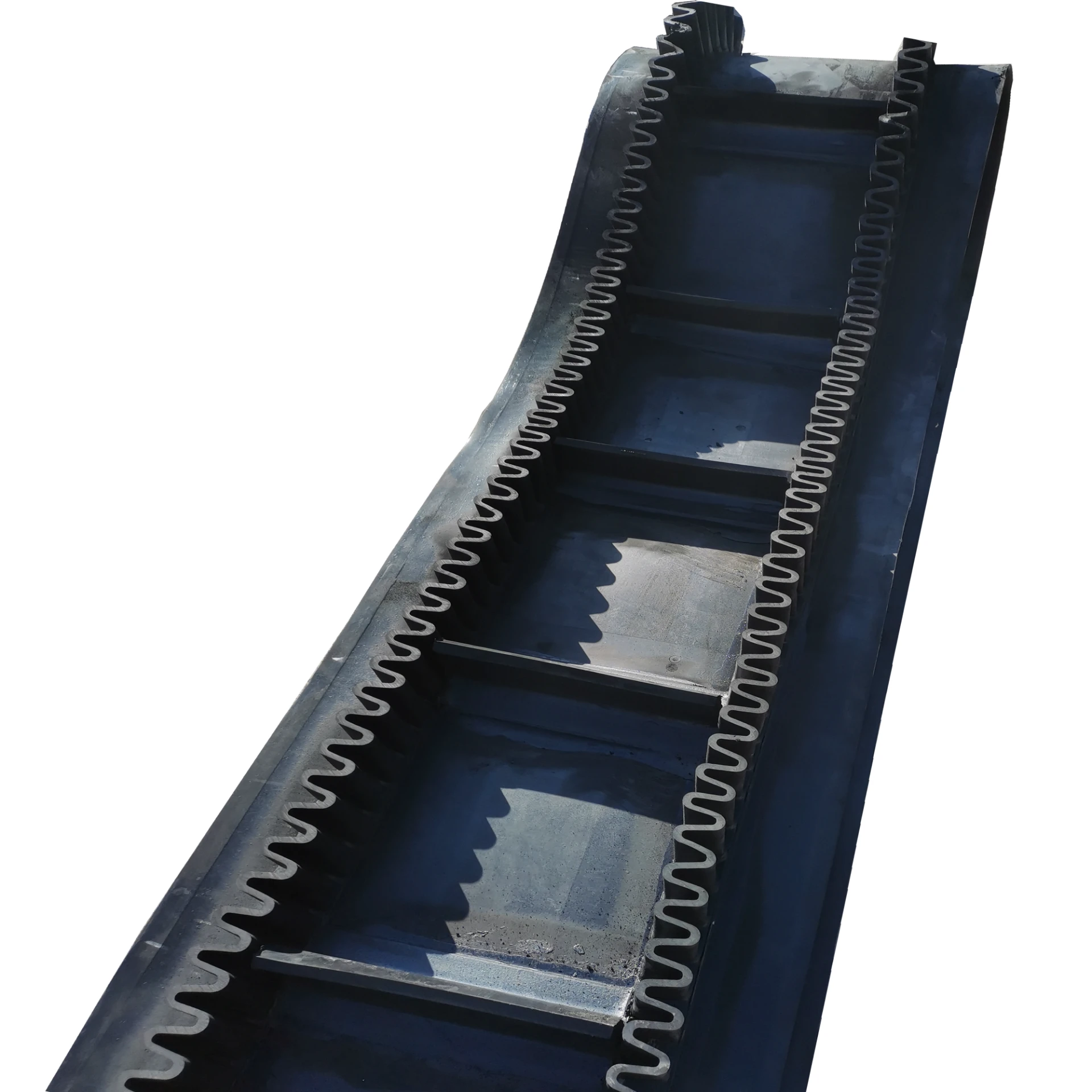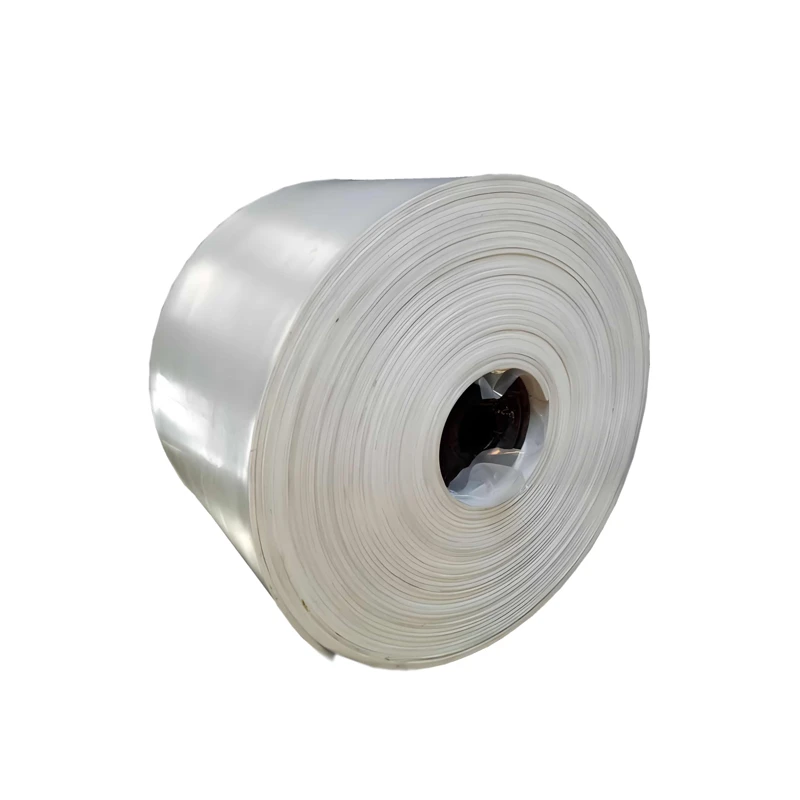Elevating Efficiency: Understanding Belt Conveyor Cleaner Technologies
In the bulk material handling industry, maintaining the cleanliness and operational integrity of conveyor belts is paramount. Residual material carry-back can lead to significant operational inefficiencies, premature equipment wear, and increased maintenance costs. This is where the role of a high-performance belt conveyor cleaner becomes critical. These systems are engineered to effectively remove adhering materials from the conveyor belt surface, ensuring optimal performance and extending the lifespan of the entire conveyor system. The market for these essential components is driven by increasing demand for automated, high-volume material transport across various industrial sectors, emphasizing durability, minimal environmental impact, and cost-efficiency.
The selection of the appropriate belt scraper types is crucial for effective material removal and system longevity. Diverse industrial applications, ranging from aggregates and mining to food processing and power generation, present unique challenges regarding material characteristics, belt speeds, and environmental conditions. Understanding the nuances of different scraper designs, materials, and their installation configurations is vital for achieving superior cleaning results and reducing unscheduled downtime. The ongoing trend towards advanced polyurethane and composite materials in scraper blade design further enhances cleaning efficiency and wear resistance, contributing to lower total cost of ownership for operators.
Deep Dive into Belt Scraper Types and Technical Specifications
The effectiveness of a conveyor belt scraper hinges on its design and material composition. Primary cleaners, typically positioned on the head pulley, remove the bulk of the material. Secondary cleaners, installed further down the return side of the belt, tackle finer residues. Beyond these, specialized types like V-plow scrapers protect tail pulleys by deflecting material, while brush cleaners are ideal for sensitive applications or profiled belts. Each type of belt scraper types is engineered with specific material properties, such as high-grade polyurethane, tungsten carbide, or various alloys, to withstand abrasive materials and provide extended service life under challenging conditions.
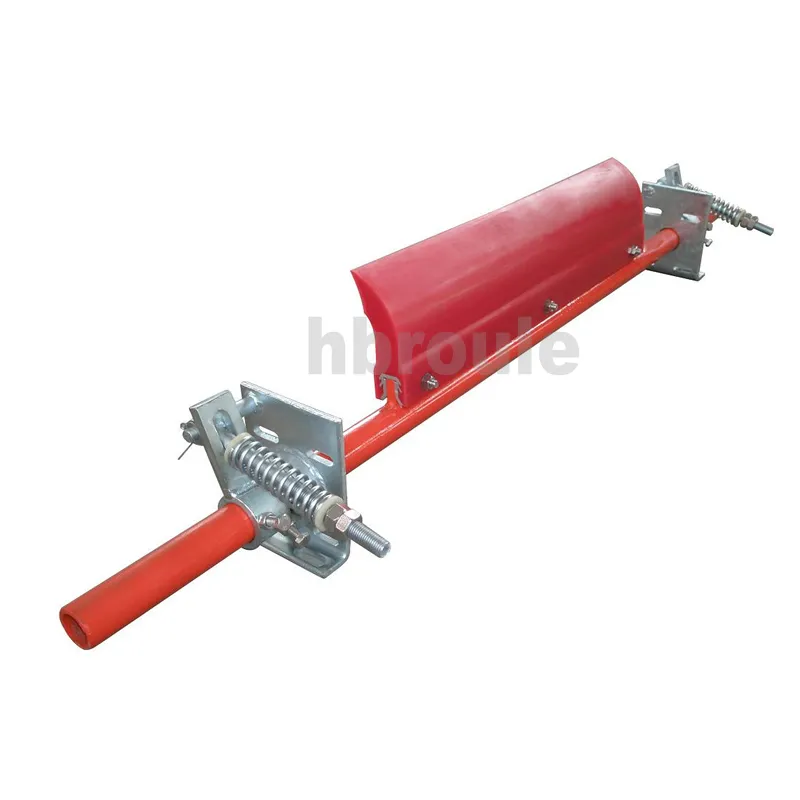
Choosing the right belt scraper types involves a careful evaluation of the conveyor system’s specifications, including belt width, speed, material characteristics (abrasiveness, stickiness), and operational temperature. Modern scraper designs often feature modular components, quick-change blade systems, and tensioning mechanisms to simplify installation and maintenance, significantly reducing downtime. Here’s a comparative overview of common belt scraper types and their key technical parameters:
| Scraper Type | Typical Position | Blade Material | Belt Speed Range | Key Advantage | Typical Hardness (Shore A) |
|---|---|---|---|---|---|
| Primary (Pre-Cleaner) | Head Pulley | Polyurethane / Tungsten Carbide | Up to 5 m/s | Bulk material removal | 85-92 (PU), N/A (TC) |
| Secondary (Fine Cleaner) | Just after Primary | Polyurethane / Tungsten Carbide | Up to 6 m/s | Fine material removal | 88-95 (PU), N/A (TC) |
| V-Plough | Before Tail Pulley | Polyurethane | Up to 3 m/s | Protects tail pulley from material | 80-85 |
| Brush Cleaner | Return Side | Nylon / Polypropylene Bristles | Up to 2 m/s | For ribbed/profiled belts | N/A |
The manufacturing of high-quality conveyor belt scraper systems involves a rigorous process, beginning with the selection of premium-grade materials. For polyurethane blades, this means sourcing specialized compounds offering superior abrasion resistance, chemical inertness, and flexibility. Metal components, such as mounting frames and tensioners, often utilize robust carbon steel or stainless steel, processed through precision CNC machining, forging, or casting to ensure dimensional accuracy and structural integrity. Each stage, from raw material inspection to final assembly, adheres strictly to internationally recognized standards such as ISO 9001 for quality management and ANSI/CEMA standards for conveyor components. This meticulous approach guarantees products that not only meet but exceed industry expectations for performance and longevity.
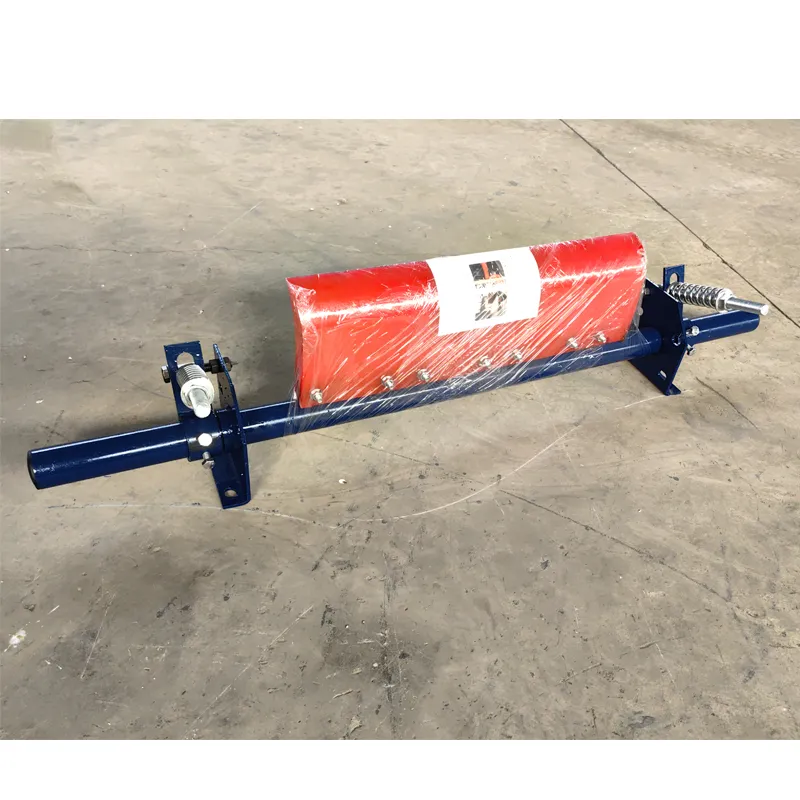
A typical manufacturing workflow for advanced belt scraper types might involve: (1) Material Preparation: Sourcing and testing of raw polyurethane compounds, steel sheets, or bars. (2) Component Fabrication: Precision cutting, bending, and welding for metallic frames, followed by CNC machining for critical interface parts. (3) Blade Molding: High-pressure injection molding for polyurethane blades, ensuring consistent hardness and perfect adherence. (4) Assembly: Integration of blades, tensioning mechanisms, and mounting hardware. (5) Quality Control: Comprehensive checks for dimensional accuracy, material integrity, and functional performance, including durometer testing for polyurethane hardness and pull tests for blade retention. This stringent quality control process ensures a predictable service life, often exceeding typical industry averages, and robust performance in challenging environments. Our commitment to these standards ensures an extended lifespan, often exceeding 2-3 years under normal operating conditions, for our belt scraper types, offering significant long-term value.
Application Scenarios and Strategic Advantages
The versatility of modern belt conveyor cleaner systems allows for their deployment across a broad spectrum of heavy industries. In mining and quarrying, they effectively manage highly abrasive materials like ore and rock, preventing carry-back that could jam idlers and compromise belt tracking. For power generation plants, particularly those using coal, efficient scrapers reduce fuel spillage and dust accumulation, enhancing safety and cleanliness. The cement industry relies on robust scrapers to handle sticky and abrasive clinker, ensuring smooth material flow and reducing product loss. In petrochemical and water treatment facilities, specialized corrosion-resistant belt scraper types are employed to withstand harsh chemical environments, minimizing downtime and maintenance costs associated with material degradation.
The strategic advantages of implementing high-quality conveyor belt scraper solutions are multi-faceted. Firstly, they significantly reduce material spillage, leading to cleaner work environments, fewer housekeeping tasks, and minimized product waste – directly contributing to energy savings by reducing drag and friction on conveyor components. Secondly, by keeping the belt clean, they extend the lifespan of conveyor components like idlers, pulleys, and the belt itself, drastically cutting down on replacement costs and unscheduled maintenance. Thirdly, consistent cleaning improves belt tracking, reducing the likelihood of belt misalignment and potential damage. Finally, effective scrapers enhance operational safety by minimizing slip hazards from spilled material. Our clients, such as a major iron ore mine in Australia, reported a 15% reduction in annual maintenance costs related to belt cleaning after integrating our advanced Head Polyurethane Cleaner For Belt Conveyor, showcasing tangible economic benefits.
Choosing a Partner: Manufacturer Comparison and Custom Solutions
When selecting a provider for belt scraper types, prospective buyers, especially B2B decision-makers, must look beyond initial cost and consider factors that speak to a manufacturer's expertise, authoritativeness, and trustworthiness. A reputable manufacturer will possess comprehensive industry certifications, such as ISO 9001:2015 for quality management, and potentially environmental certifications like ISO 14001. Longevity in the industry, evidenced by years of service and a robust portfolio of successful projects, signifies a deep understanding of conveyor dynamics and specific application challenges. Strategic partnerships with key industrial players or material suppliers also indicate a strong market presence and commitment to innovation.
Customization is often a crucial factor in achieving optimal cleaning results. Generic solutions may not suffice for unique operational parameters, such as extremely high belt speeds, abrasive and sticky materials, or corrosive environments. Leading manufacturers, like us, specialize in developing tailored conveyor belt scraper solutions. This includes designing specific blade profiles, selecting optimal polyurethane formulations (e.g., Shore hardness ranges from 85A to 95A for different applications), or fabricating custom mounting systems to seamlessly integrate with existing conveyor infrastructure. Our flagship product, the Head Polyurethane Cleaner For Belt Conveyor, exemplifies this capability, offering robust cleaning performance and adaptability across various belt widths and material types. Our engineering team leverages extensive experience and data-driven insights to provide solutions that not only fit perfectly but also deliver measurable improvements in operational efficiency and cost reduction.
Ensuring Trust: FAQs, Delivery, and Support
Building trust with our B2B clients is paramount. We believe in transparent communication regarding our processes, product capabilities, and support systems. Here are some frequently asked questions and information about our services:
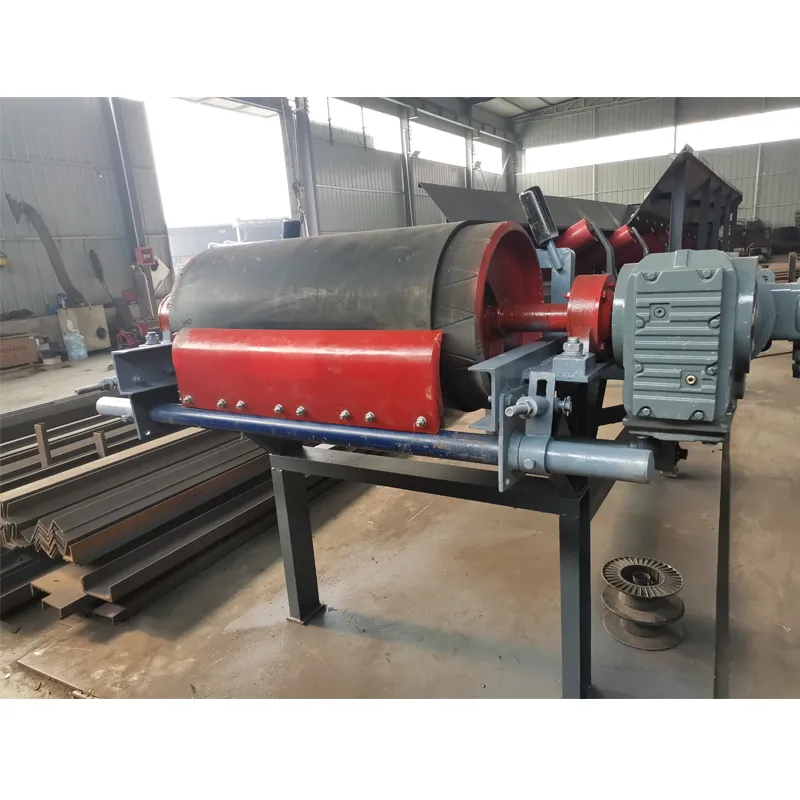
Frequently Asked Questions (FAQs)
- Q: What is the typical lead time for custom belt scraper types?
A: For standard products, our delivery cycle is typically 7-14 business days. For highly customized solutions, lead times may vary from 3-6 weeks depending on design complexity and material sourcing, with clear communication provided at every stage. - Q: What warranty do you offer on your conveyor belt scraper products?
A: We provide a standard 12-month warranty against manufacturing defects on all our belt conveyor cleaner systems, commencing from the date of installation or product receipt. Extended warranties are available for specific long-term partnerships. - Q: Do you offer installation support or maintenance training?
A: Yes, we provide comprehensive installation guides and, upon request, can arrange for on-site technical support or training for your maintenance teams to ensure proper installation, adjustment, and long-term performance of our belt scraper types. - Q: How do your products contribute to sustainability?
A: Our Head Polyurethane Cleaner For Belt Conveyor, designed for durability and optimal cleaning, reduces material spillage and waste, minimizes energy consumption by ensuring smooth belt operation, and extends the lifespan of conveyor components, all contributing to a more sustainable operation.
Our dedicated customer support team is available to assist with product selection, technical inquiries, and after-sales service. We pride ourselves on rapid response times and expert guidance, ensuring that your conveyor systems operate at peak efficiency with minimal interruptions. From initial consultation to post-installation support, our commitment to your operational success is unwavering.
Conclusion and Authoritative References
The strategic selection and implementation of advanced belt scraper types are pivotal for optimizing the performance, safety, and longevity of industrial conveyor systems. By mitigating material carry-back, reducing spillage, and extending component life, a high-quality conveyor belt scraper offers substantial operational and economic benefits, directly impacting a company's bottom line and environmental footprint. As industries continue to seek greater efficiency and sustainability, the demand for innovative and reliable belt conveyor cleaner solutions will only intensify, solidifying their role as indispensable components in modern bulk material handling.
References
- Conveyor Equipment Manufacturers Association (CEMA) – Belt Conveyors for Bulk Materials.
- ISO 9001:2015 Quality Management Systems – Requirements.
- Standards Australia – AS 1334.3-1991 (R2016) Conveyor belts – Scraper cleaning.
- Mine Safety and Health Administration (MSHA) – Conveyor Safety Guidance.

